A visit to the Roman Theatre Museum is a journey into one of the most surprising discoveries of the city in recent decades. Courtesy of the ingenious design by architect Rafael Moneo, visitors start their tour in the Palacio de Riquelme, the building which provides entry to the museum, and then follow a history-themed passageway under the street to reach a new museum space, where the most emblematic pieces of all those found in the excavations are displayed. Modern escalators then take them to a second tunnel, this time underneath the mediaeval church of Santa Maria, which was built on top of the old theatre and helps to increase its uniqueness and attractiveness. After this second corridor the route takes you to the most important part of the museum, the Roman Theatre itself, one of the largest in Roman “Hispania”, with a seating capacity of 7,000.
-
Roman Theatre MuseumThe Capitoline Triad altars
-
Roman Theatre MuseumThe Roman Theatre and Saint Mary's Church
-
Roman Theatre MuseumThe Theatre architecture room
High season (Easter and from May 1 to September 30)
From Tuesday to Saturday from 10:00 a.m. to 8:00 p.m. (Easter: Monday and Sunday from 10 am to 6 pm and from Tuesday to Saturday from 10 am to 8 pm)
Sunday from 10:00 a.m. to 2:00 p.m.
Low season (from October 1 to April 30)
Tuesday to Saturday from 10:00 a.m. to 6:00 p.m.
Sunday from 10:00 a.m. to 2:00 p.m.
The Roman Theater Museum is closed on the following days:
- January 1 and 6 and December 25.
- January 5 and December 24 and 31 only in the afternoon.
* Opening hours may be modified. Please check at destination.
** For special opening hours consult What's on.
*** The groups with previous reservation will have preference in the turn of entry.
Last access up to 15 minutes before closing.
General admission: €7
Reduced admission: €6
*Children under 12 years old, students up to 25 years old, Youth Card and Youth Card +30, unemployed, pensioners, retirees, disabled, family (2 or more adults + 2 or more children under 12 years), large family card and groups of 20 or more.
Free entrance:
- Children under 3 years old.
- Official tourist guides.
- Members of the Cartagena Puerto de Culturas Club (except activities).
- Every TUESDAY, during the last 2 hours of the center's opening, access will be free. Applicable only to those who arrive at the center in person, not for online purchases. There will be no refund of entry for a purchase prior to free hours.
- Dolores bank holiday (local holiday).
* To benefit from the reduced or free rate, visitors must purchase their ticket at the box office with valid and current documentation.
ON-LINE PURCHASE
Approximate duration: 1 hour
Timetable:
- High season and Semana Santa
Tuesday to Saturday - 10:30, 11:30, 12:30, 17:00 and 18:30
Sunday - 10:30, 11:30 and 12:30
- Low season
Tuesday to Saturday - 10:30, 11:30, 12:30 and 16:00
Sunday - 10:30, 11:30 and 12:30
* These timetables are subject to modification: please consult before planning a visit.
Rules for Guided Tours (PDF - 422,33 KB - Fecha de revisión: 07/11/2024)
Free Online Booking
Visitaremos el imponente Museo del Teatro romano, continuando por la calle de la Soledad, típico rincón del barrio de pescadores, hasta los restos de la Domus del Pórtico.
Conoce la vida cotidiana de Lucrecia Prima en la antigua Carthago Nova, recorre los principales monumentos de la ciudad a través de nuestra ruta guiada.
Un viaje al pasado el cual ha pervivido hasta nuestros días. Una ruta para descubrir las culturas y civilizaciones de Cartagena desde los tiempos más remotos y obtener la mejor panorámica. Conoceremos el urbanismo romano, la herencia medieval , y el puerto como protagonista de la ciudad.
Students will build a model as they dive headfirst into ancient Carthago Nova and learn about its most important buildings.
Students become researchers for a couple of hours. They'll be looking at the theaters of Ancient Rome: their architecture, costumes, actors, etc. In collaboration with the CPR of Cartagena.
Students become researchers for a couple of hours. They'll be looking at the theaters of Ancient Rome: their architecture, costumes, actors, etc. In collaboration with the CPR of Cartagena.
A perfect workshop to review the history of ancient Cartagena from the founding by the Carthaginians to the splendor of the Roman period. In collaboration with the CPR of Cartagena.
A workshop for school oriented knowledge about the city in the ancient world, from the Carthaginian foundation. The city as a stage of the contest between Carthaginians and Romans. Roman conquest, and one of the most emblematic of the city, the Roman theatre stood up under Augustus buildings.
This educational activity will lead students to learn about the origin of theatre and theatrical performances in a practical and fun way. They will have to solve various riddles throughout the museum until they reach the site where they will participate in an Aristophanes comedy forming a musical dithyramb.
A new guided tour experience where virtual reality will make it easier for us to understand the Forum, Baths, Isis Sanctuary and Carthago Nova Atrium Building. Through tablets, students will be able to learn the keys to the site of the Barrio del Foro Romano and its museum.
A workshop aimed at learning about theatre in ancient Rome and how its plays have come down to us. It allows you to learn how writing was done, where books were kept and what theatre performances were like, thanks to Plautus.
Discover what Roman theatre was like using virtual reality and tablets on an immersive tour of the monument. Students, accompanied by a guide, will be led through the Museum and Theatre, where they will learn about the building's architecture.
Accessibility
Tourism for all is one of the main objectives of Cartagena Puerto de Culturas. We are working to ensure access for as many visitors as possible. At present, the Roman Theatre Museum offers the following facilities for visitors with special needs:
- Architectural barriers have been removed by the installation of escalators and a lift, making it possible to see all of the archaeological remains.
- Wheelchair hire.
- Adapted toilets.
- Audio-visual with voiceover and sub-titles (both in Spanish and English) for people with hearing disabilities or visual impairment.
- Reduced rate for those with disabilities, presenting official proof at the box office.
- Guide dog access is allowed with the corresponding accreditation.
- Workshops for those with visual impairment.
Audio guides
Enjoy your visit with the audio guides provided at the Roman Theatre Museum: courtesy of new technology you can visit easily and comfortably at your own pace.
- The audio guide is available in 5 languages - Spanish, English, French, German and Russian - and costs 2.50 euros.
- In addition, an EGODUCO audio guide can be downloaded via an app for Android mobile phones in 3 languages, Spanish, English and French. For further information and downloading.
Virtual reality tour
A guided tour of the Roman Theatre Museum in Cartagena with virtual reality that allows users to immerse themselves in the historical building using special virtual reality goggles. It is possible to see a 360-degree view of the theatre as it was in its heyday, fly over it or even watch a little performance on stage. Tickets for this service must be purchased in advance. See.
Cafeteria
One of the facilities offered by the Museum of the Roman Theatre is the cafeteria-restaurant adjoining the museum building, which can be used by anyone and does not require payment of an admission fee.
Historical context
The granting of colonial status (Cologne Urbs Iulia Nova Carthago) in the year 54 BC marked the beginning of an intense process of urban development which culminated in the reign of Augustus (63 BC to 14 AD). The new status acquired by the city brought with it all kinds of facilities to cater for its administrative, leisure, political, social and religious needs, and some of the most important buildings of the Augustan era and of the 1st century AD were built in this period, including the Theatre, one of the largest venues of its kind in ancient Rome and an emblem of the process of urban renovation.
This transformation continued throughout the 1st and 2nd centuries AD, although towards the end of that period it is noticeable that all of the buildings, both private and public, suffered from neglect as the city was modified and shrank to the area around the port. It was here that urban renewal took place as of the 4th century AD, when Carthago Nova was named capital of the province of Carthaginiensis as part of the restructuring of the empire by Diocletian.
The museum
During the tour of the museum great efforts are made to explain the historical processes by which the Roman Theatre came to be hidden until its re-discovery. Shortly after entering the visitor passes into the “Passageway of History”, where the urban development of the theatre site is explained working back from the 21st century to the 1st century BC. The story is illustrated by a selection of archaeological objects recovered in the excavation and by graphic and audio- visual material.
The hallway or corridor leads to Room 1, which is devoted to the architectonic elements of the theatre of Cartagena. The height of this room has made it possible to recreate the façade of the stage with its original elements, Corinthian capitals and bases carved in Carrara marble and columns of pink travertine from quarries in the municipality of Mula. Next to these items the capitals of the portico of the gardens have been placed, in this case made from local sandstone, and the room is presided over by the statue of Augustus clad in a toga which was found in the excavations of the Molinete hill.
Room 2 is reached by taking an escalator and is an area which allows visitors to learn more about the performances in ancient theatres: as well as a place of leisure the theatre was the perfect setting for the political and religious propaganda of the Emperor. This is shown by the commemorative lintels which crowned the entrance doors, from which it is known that the theatre was dedicated to the two young princes Gaius and Lucius Caesar, Augustus' grandchildren and, in real terms, his heirs, who also had to contribute to financing the building and probably to the choice of decorative elements. This decoration is loaded with ideological messages, the most important of which are the introduction of the worship of the traditional gods of the Roman state through three altars, where the symbols of the Capitoline Triad are represented in excellent pieces carved in Luni marble.
Room 2 links with the corridor underneath the church of Santa María la Vieja, where there are the remains of a Roman house with a mosaic which was destroyed during the construction of the theatre, as well as the terracing walls of the rudimentary 13th century church and other mediaeval remains.
The Roman Theatre
Built in the 1st century BC, the theatre was located on the side of one of the highest hills in the city. This made it easier to construct the “cavea” or seating areas, of which the central part was dug into the rock of the mountains while the sides were supported by vaulted structures. The stands were divided into three different horizontal levels (ima, media and summa cavea) which in turn were sub-divided by radial flights of steps leading out from the stage: the lower classes, soldiers and freedmen sat in the media and summa cavea, which were reached via the “vomitoria” or openings in the stands themselves, while the ima cavea was reserved for the privileged classes and access to them was through two aisles above whose entrance doors were the lintels dedicated to Lucius and Caius Caesar. From these side corridors there was also access to the “orchestra”, the semi-circular space where the “proedria” or seats of honour were reserved for the authorities.
In front of the stands is the “scenic façade” or stage front, an area divided into three exedrae with a height of 16 metres and two orders. Here the combination of the reddish tones of the columns, the whites of the capitals and bases and the greys of the podium and entablature create a suggestive chromatic effect. Behind the stage are the gardens, formed by a double arcaded gallery around a central garden.
In the late 3rd century the building was affected by a fire, leading to its ruin and neglect. In the 5th century the structure was converted into a market, and on top of it there was later a Byzantine trading district which was abandoned in about 625 and recovered again as a plot of urban land two centuries later, when homes belonging to Moorish Cartagena were built here. In the 18th and 19th centuries the whole area was occupied by a humble neighbourhood which over the years became one of the most depressed and derelict parts of the old city centre.
Exploitation of the site
The discovery of the Roman Theatre of Cartagena has been one of the most surprising archaeological discoveries in the city during recent years, since there were no written references or archaeological data pointing to its existence.
The first excavations took place at the site of the former palace of the Countess Peralta, which was to house the Regional Crafts Centre in Cartagena. In 1990 the remains were identified as the Roman Theatre, resulting in the building which was initially to be located here being transferred to a new location. The various excavation campaigns were directed by archaeologists Sebastián Ramallo and Elena Ruiz.
At that point the process of recovery was set in motion, and although at first progress was fitful in 1996 a collaboration agreement was signed between the Autonomous Community of the Region of Murcia, Cartagena Town Hall and the Cajamurcia bank.
With the aim of integrating the remains in the urban fabric the integral project was commissioned from the architect Rafael Moneo. This project consisted of a museum spread over two buildings and linked by an underground passageway and exhibition space, which made it possible to include the Palace of Riquelme, an archaeological corridor under the church of Santa María la Vieja and the last piece of the museum, the Theatre. The project also includes access to the museum and the remodelling of the surrounding area.
The tour of the museum:
- Corridor. The Historia of the Theatre. An explanation of urban development on the site of the Theatre from the 21st century back to the 1st century.
- Room 1. The Architecture of the Theatre. This large room provides the keys to understanding the architecture of the theatre building through the display of original pieces as well as a model and other educational elements.
- Room 2. Theatre and Society. This display area deals with the functions of the theatre in ancient times, for leisure, political and religious purposes. Here it is possible to see the altars of the Capitoline Triad and other ornamental elements of the theatre.
- Archaeological corridor. A collection of many diverse archaeological findings including a Roman home, complete with Mosaic, the walls of the basic 13th century church and other mediaeval remains.
- The Roman Theatre. The principal aim of the restoration of the building is to make it a visitable monument, for which reason the rehabilitation of the building has been orientated towards ease of visiting and facilitating an understanding of the structure.
Bibliography
Ramallo Asensio, S.F. y Ruiz Valderas, E., (1998). El teatro romano de Carthago Nova.
Ramallo Asensio, S.F., Ruiz Valderas, E., Moneo Vallés, R. y Murcia Muñoz, A.J., (2009). Museo del Teatro Romano de Cartagena.
Ramallo Asensio, S. F., Ruiz Valderas, E., Moneo Vallés, R., (2009). Teatro Romano de Cartagena. Historia de un descubrimiento. Historia de un proyecto.
Ramallo Asensio, S.F., Ruiz Valderas, E. y Murcia Muñoz, A.J., (2016). "El teatro romano de Cartagena: de la investigación a la puesta en valor". Teatros Romanos de Hispania.
Contact
10 Gisbert St. 30202 Cartagena (Spain)Phone +34 968 500 093
Fax +34 968 529 298
Emails:
Social networks
The internet portals of the Hon. Cartagena City Council only uses its own cookies for technical purposes; they do not collect or transfer personal data from users without their knowledge. However, they contain links to third-party websites with privacy policies unrelated to those of said city hall portals, which you can decide whether to accept or not when you access them.
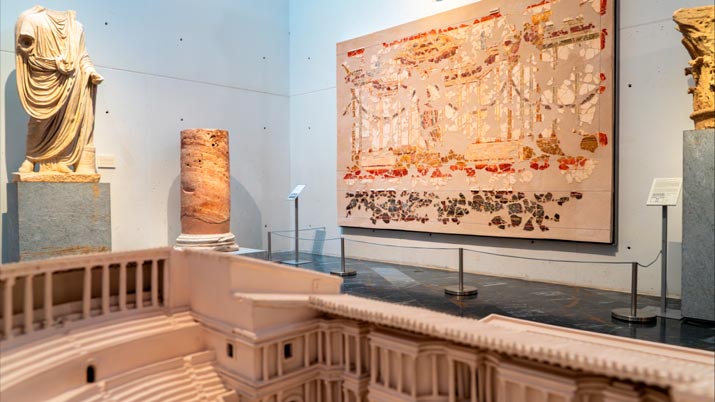
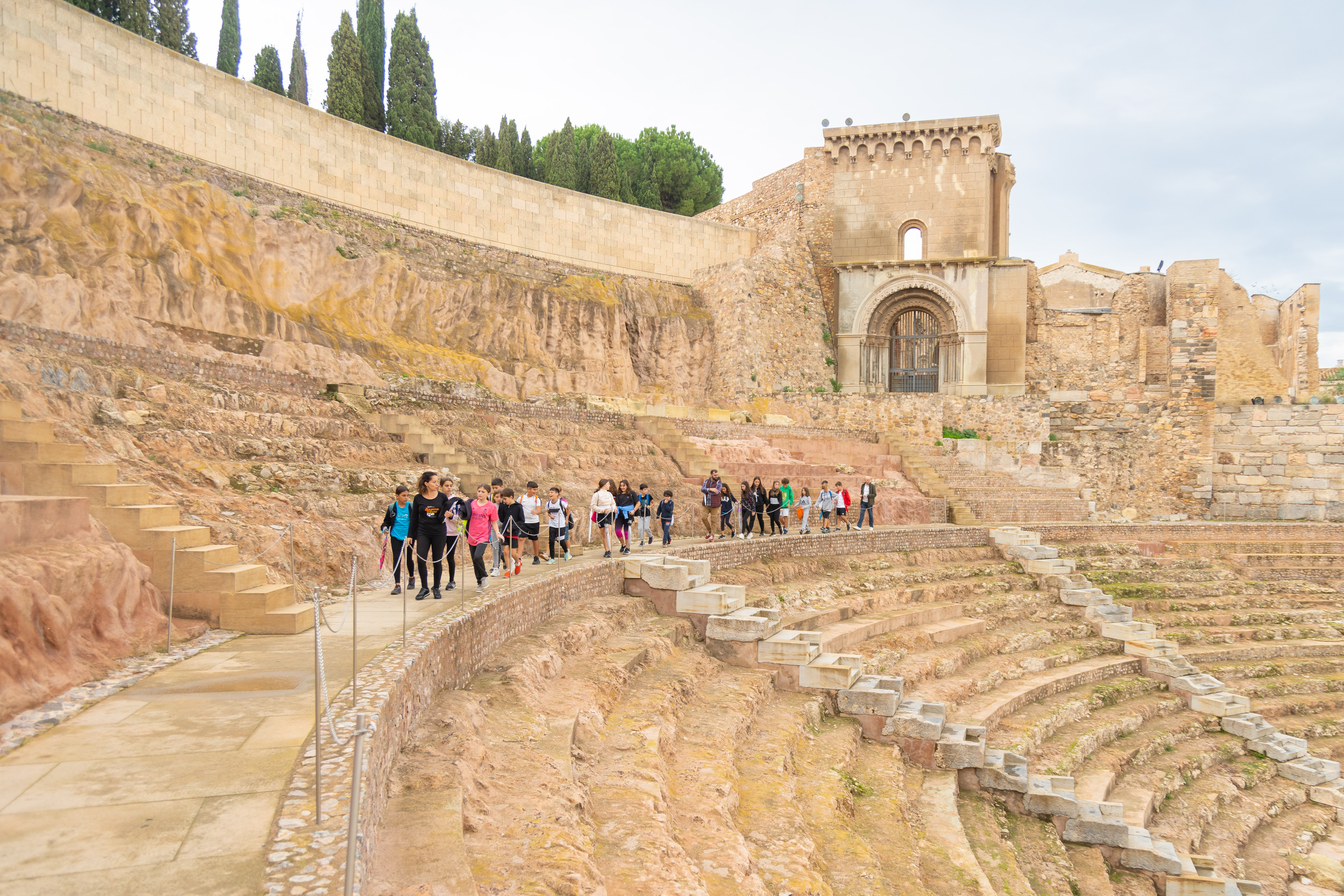
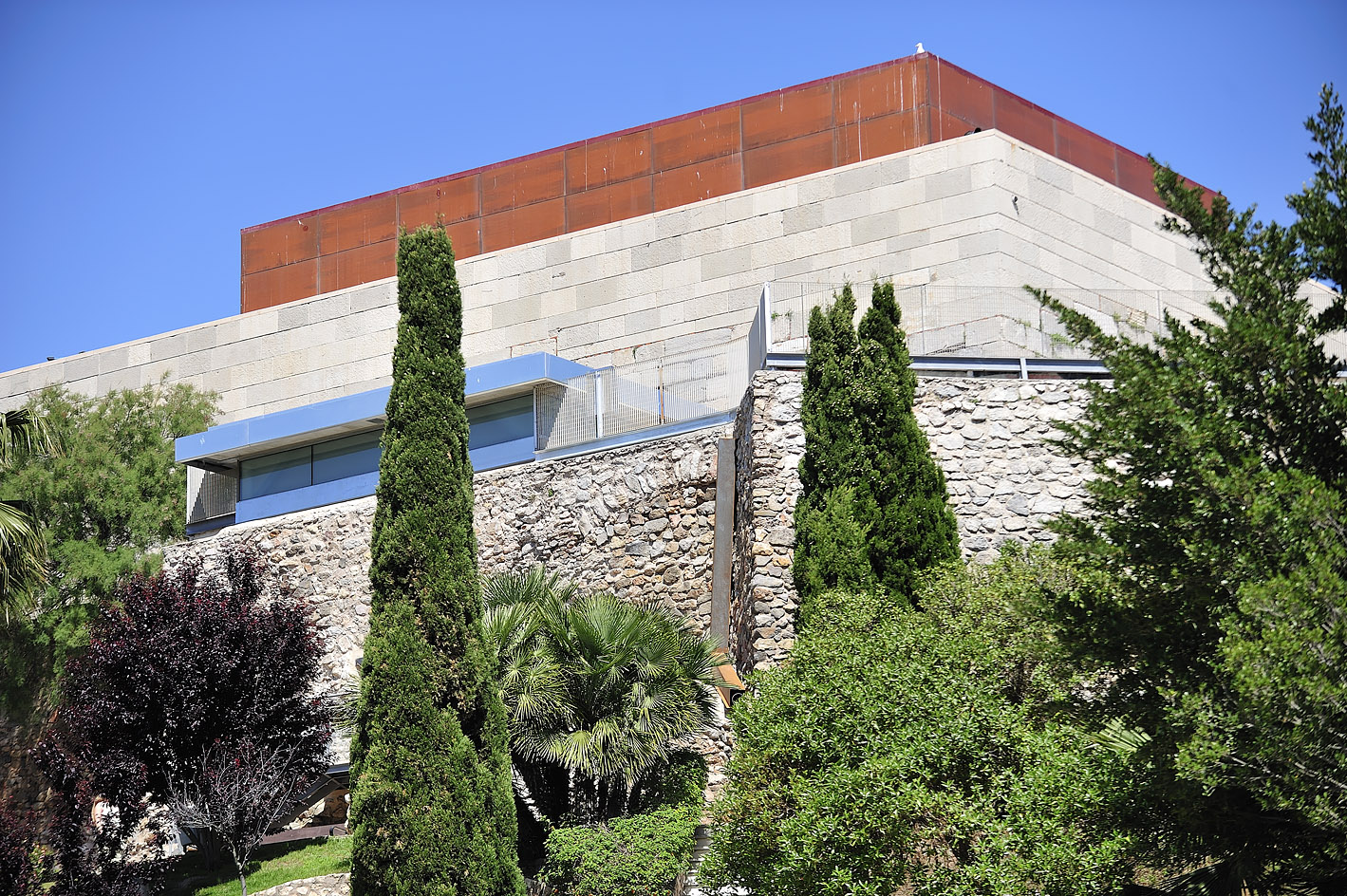
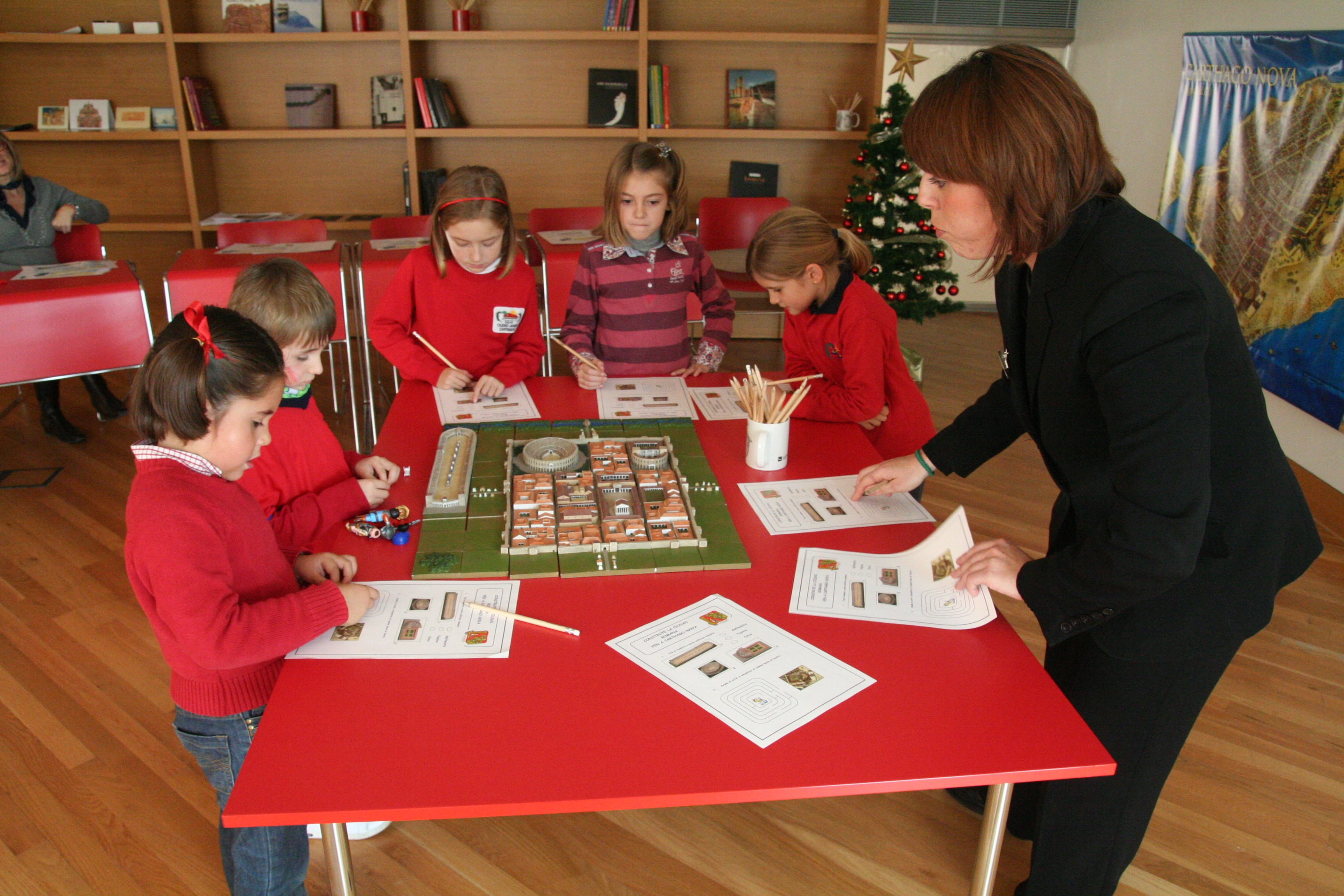
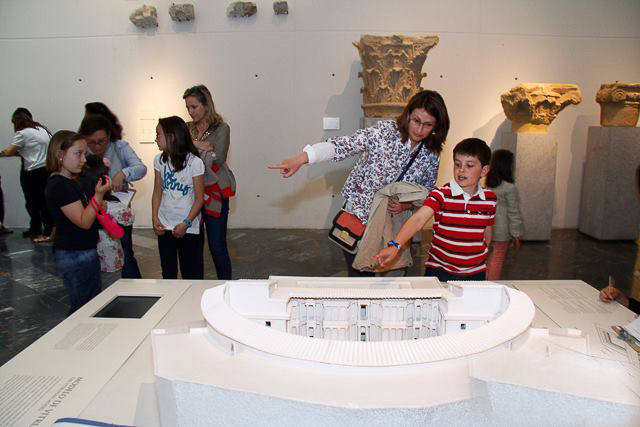
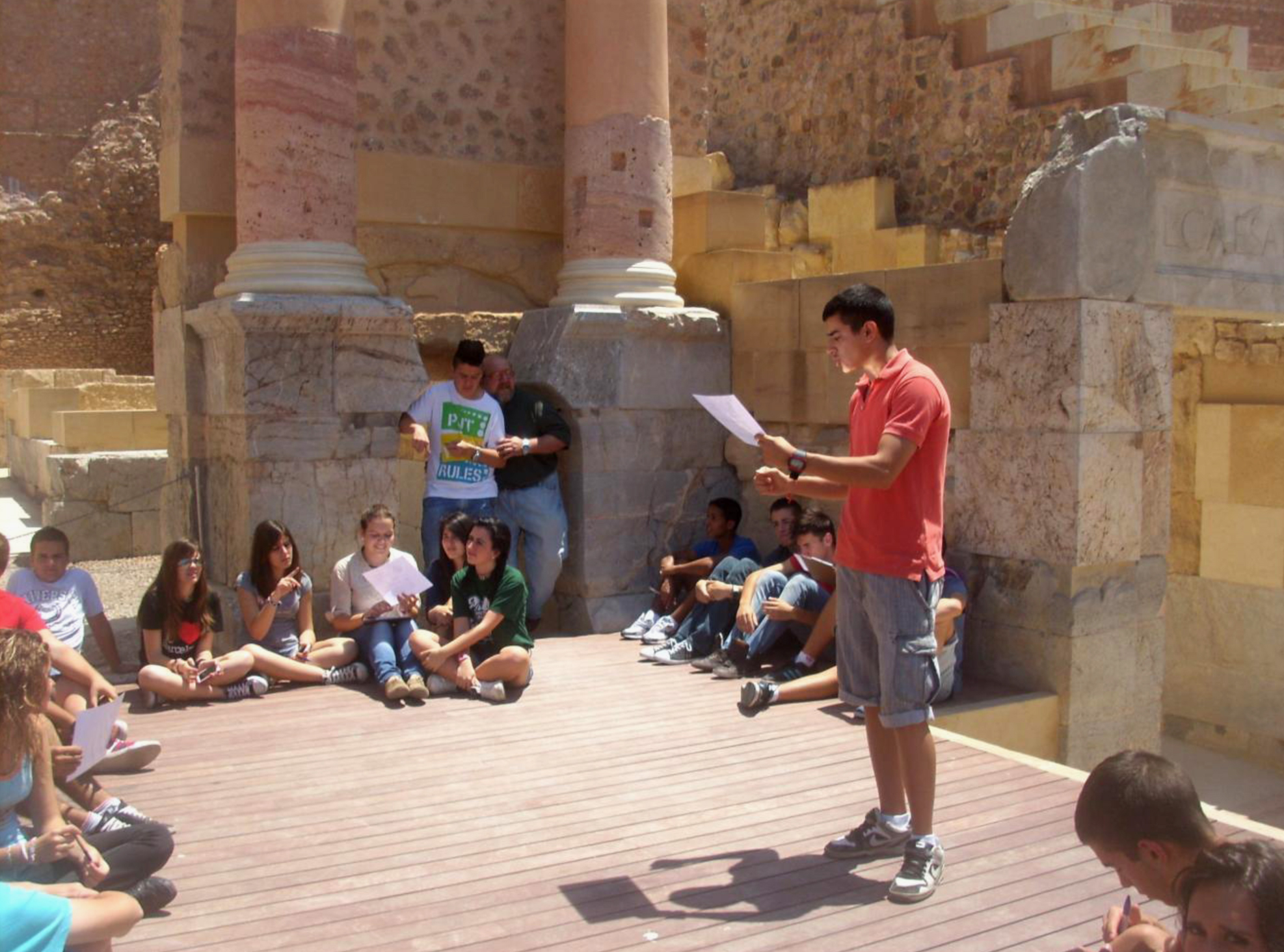
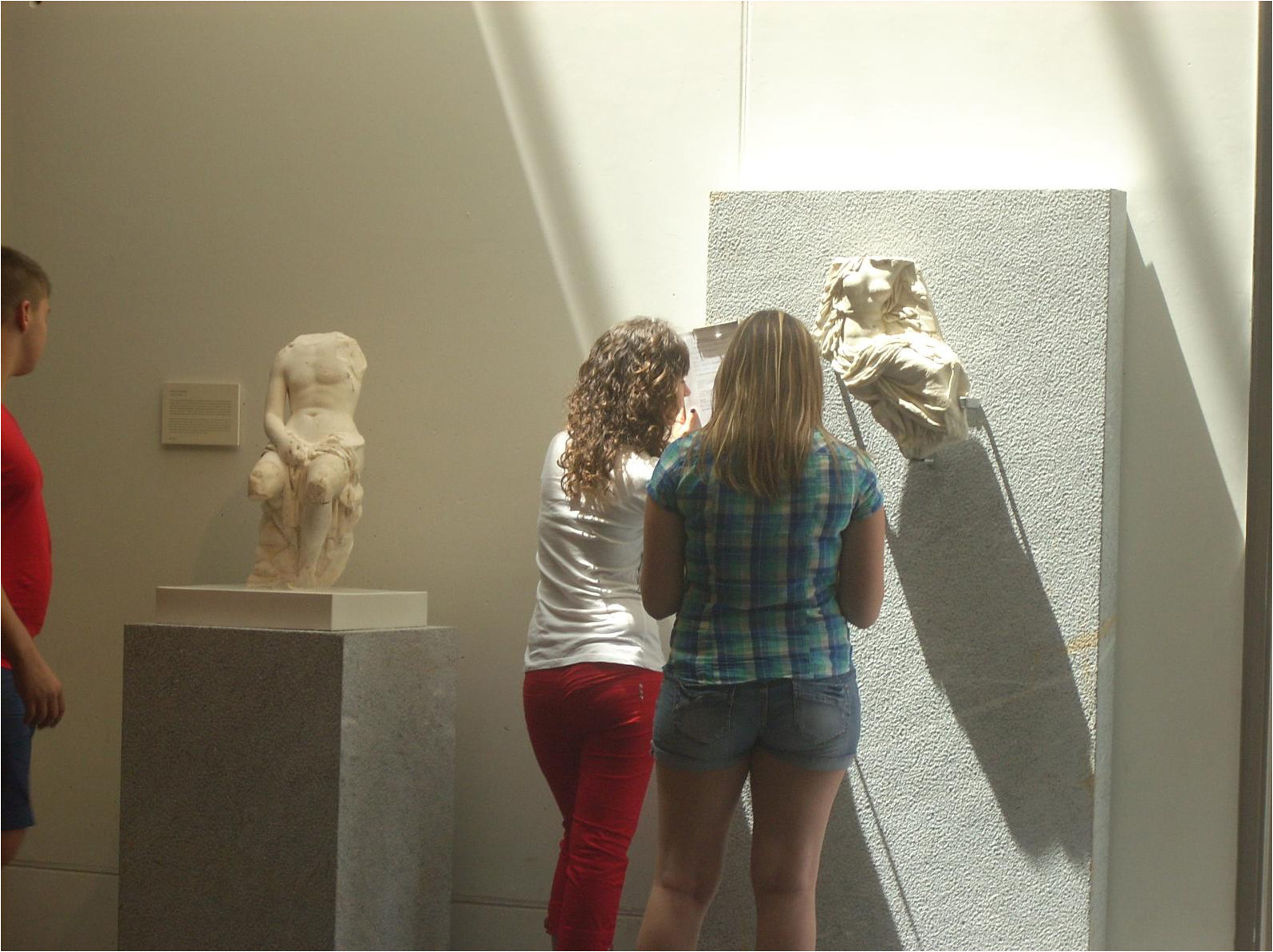
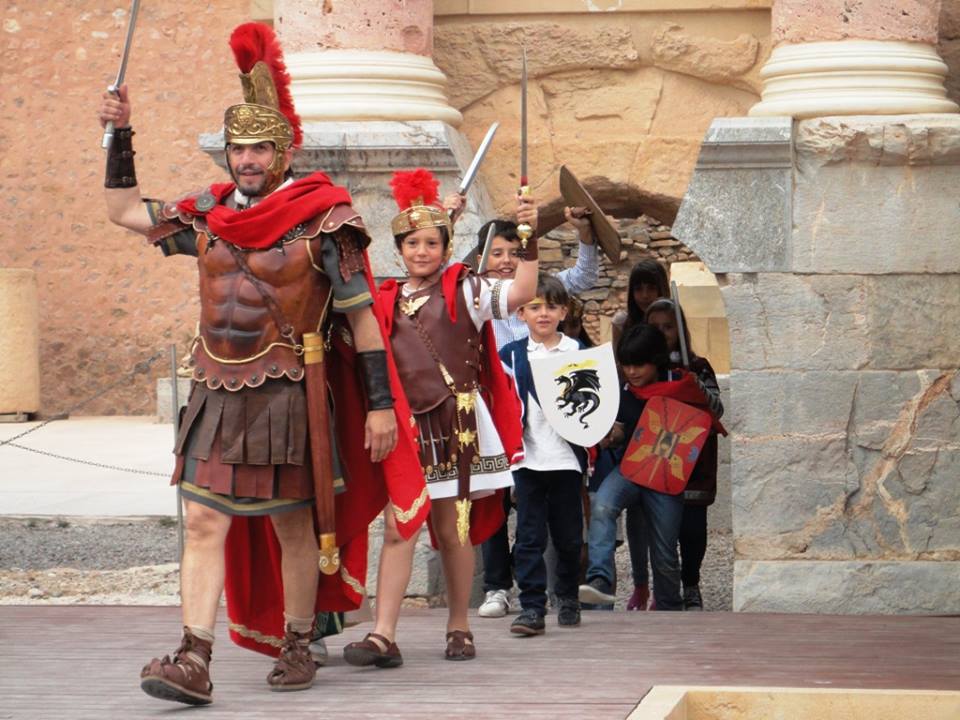
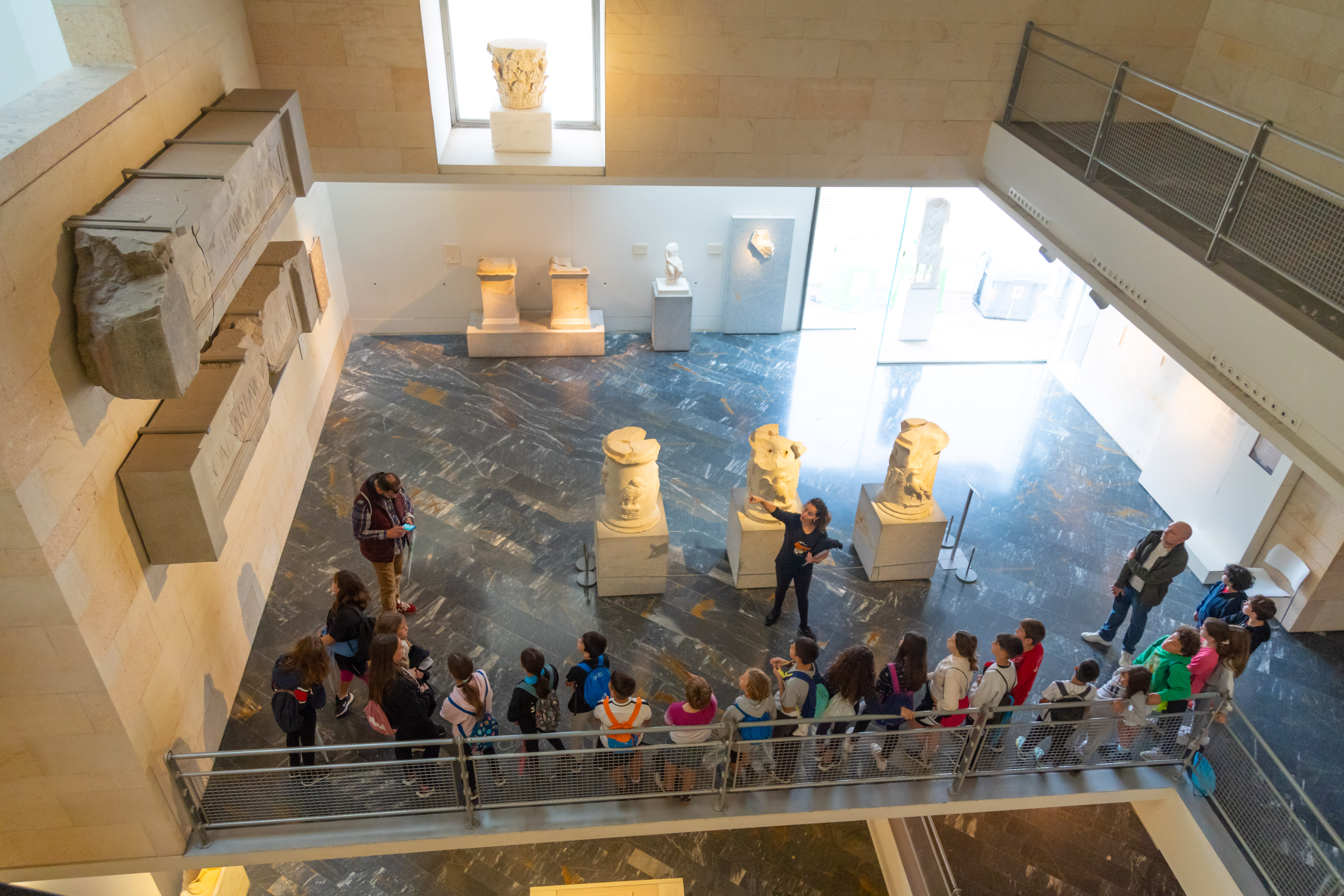
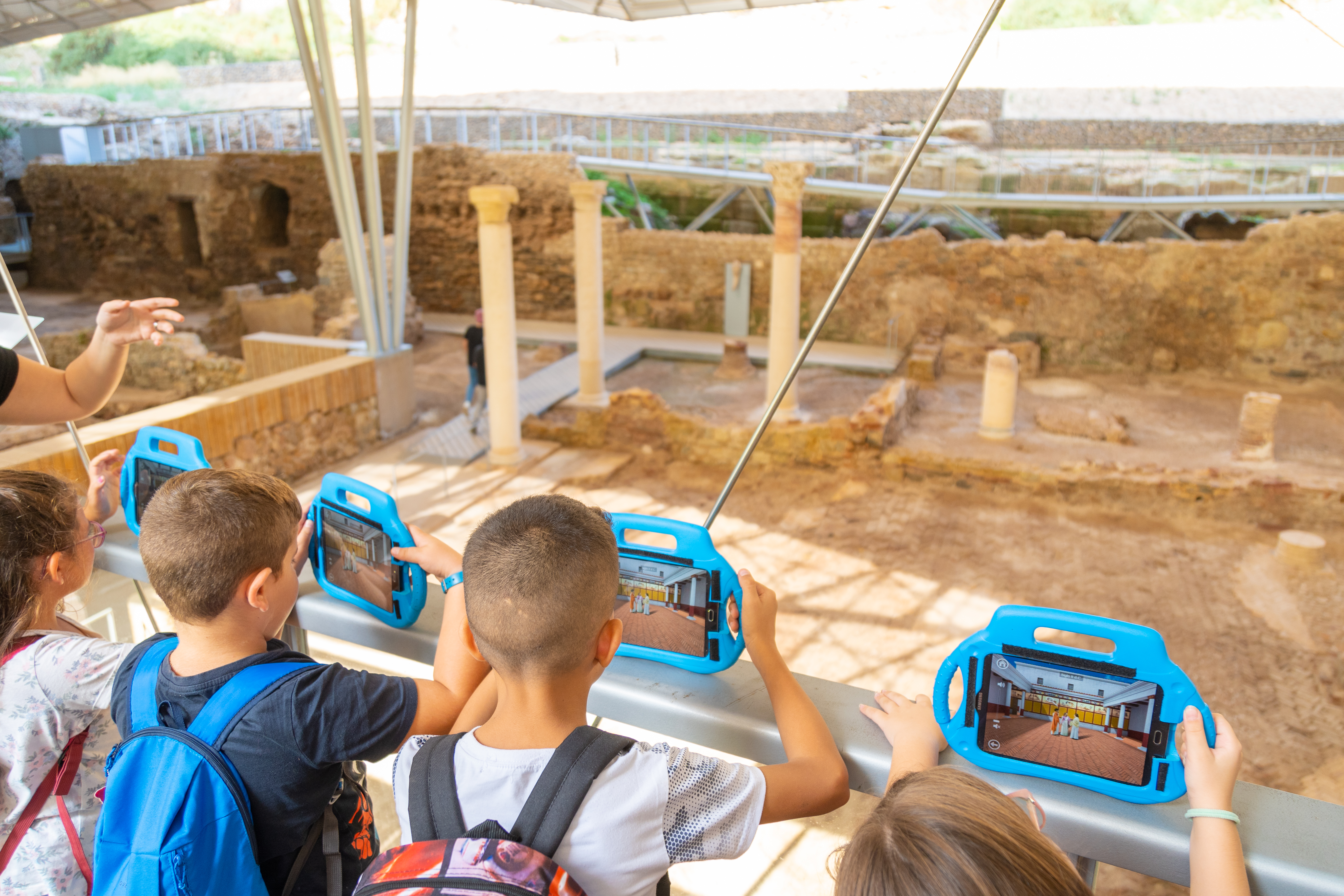
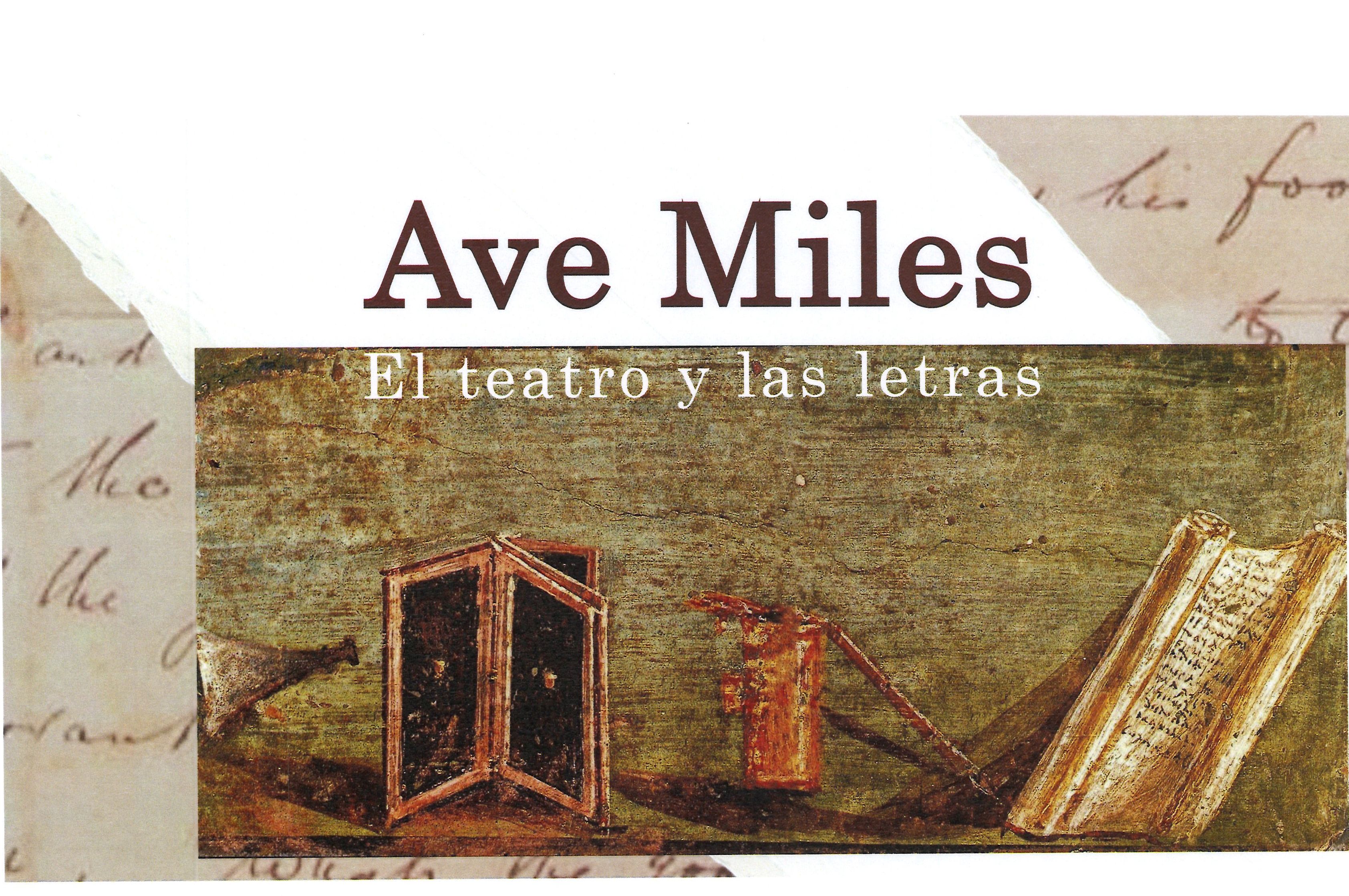
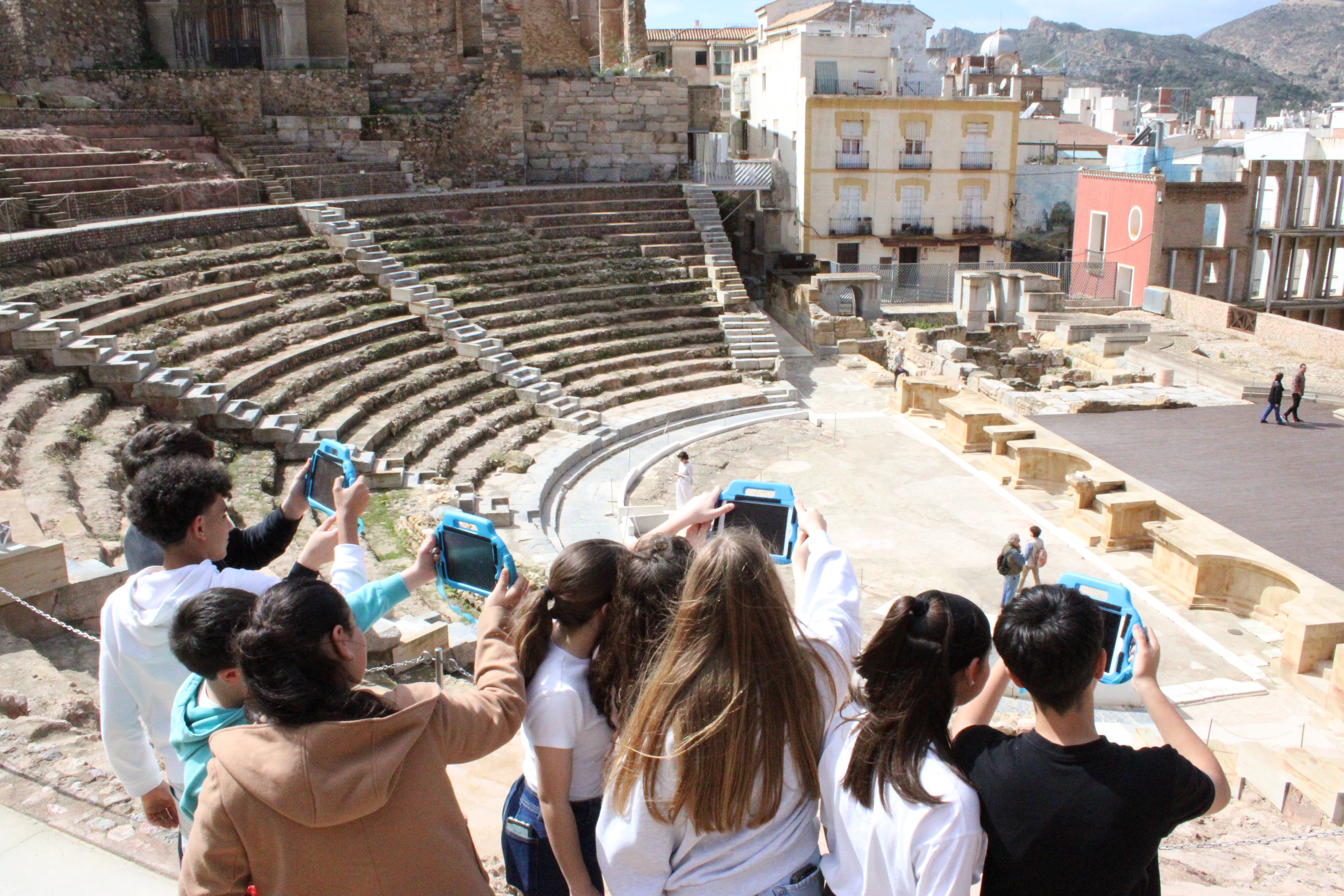
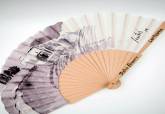
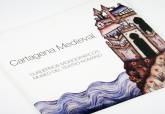
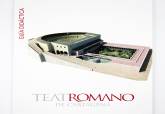
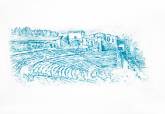
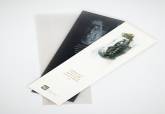
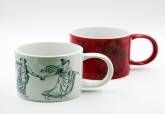
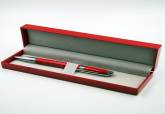
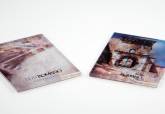
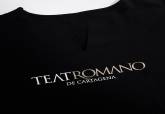
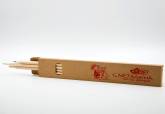
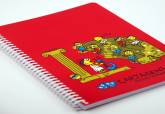
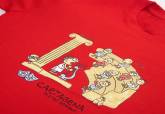
 Tripadvisor
Tripadvisor


